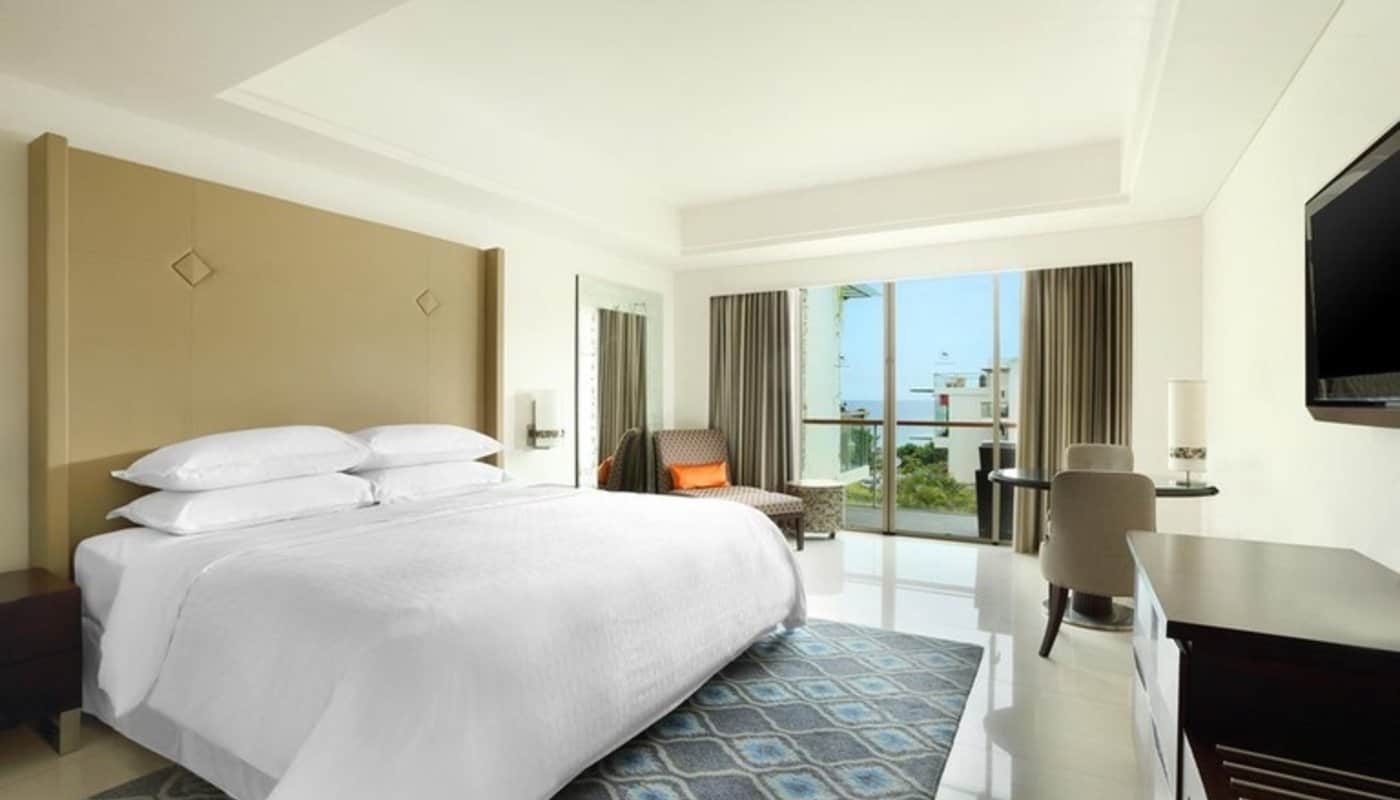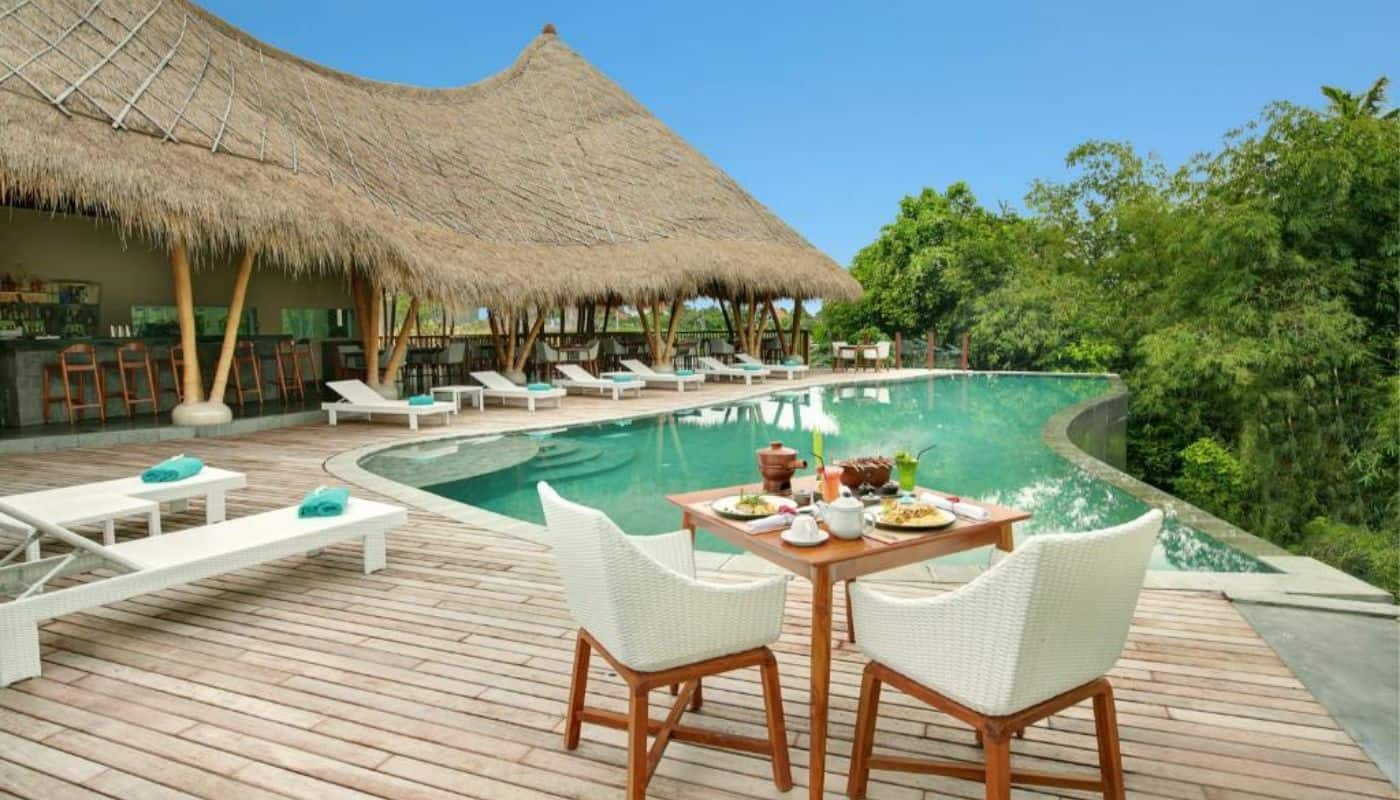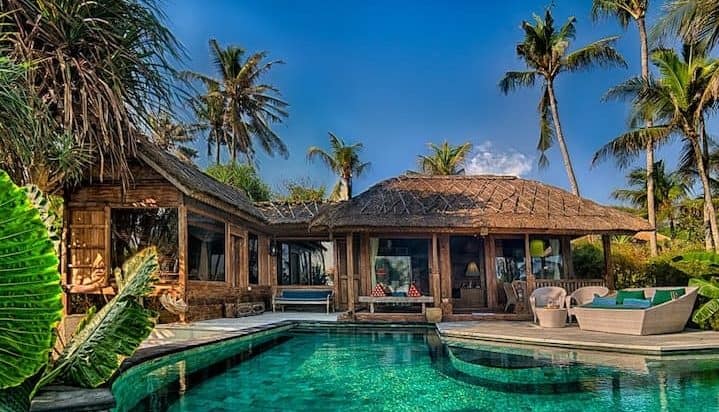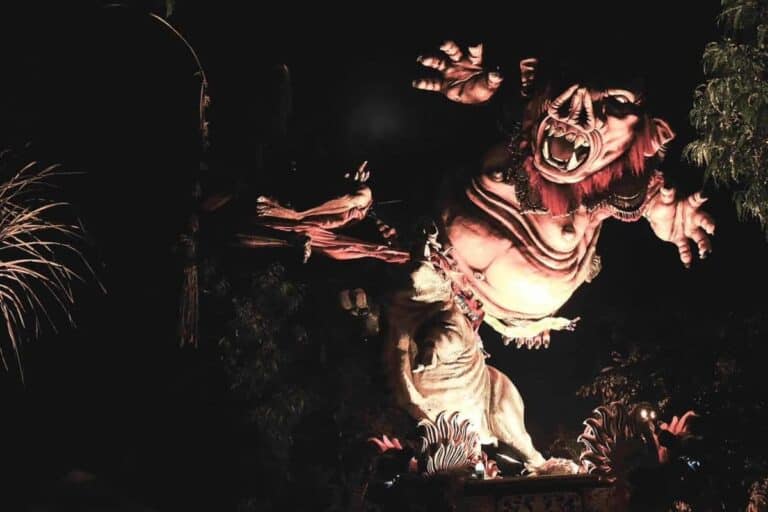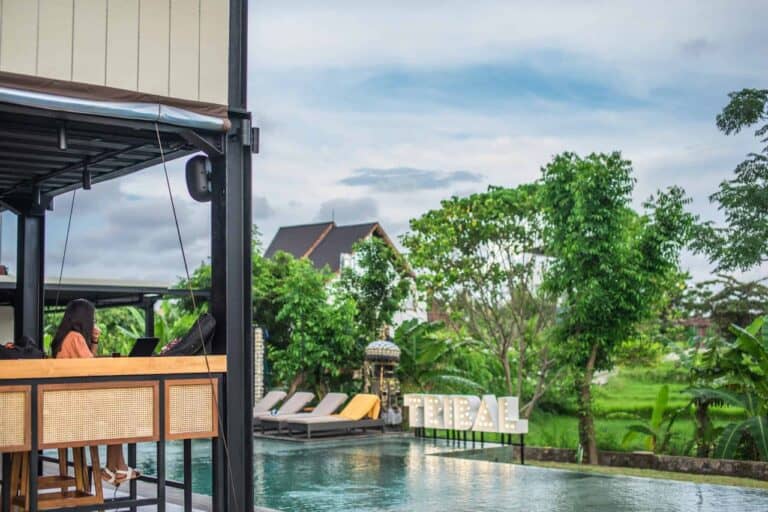What’s the first thing that comes to mind when you think of Bali? Island of the Gods, surfer’s paradise, stunning beaches, magical temples?
These things are famous in Bali today, and drive people from all over the world to fly thousands of miles for a vacation. Some satisfied tourists even choose to retire there!
But all of this didn’t happen overnight. There is a long history of tourism in Bali.
It took over a hundred years until Bali became the dream destination it is now.
So, why and when did the first tourists come to the island? When did Bali start relying on tourism? Did it change Bali’s landscape?
Get ready to delve deep into interesting history of tourists in Bali!
The History of Tourism in Bali
Bali’s journey to become what it is today took a very long time – hundreds of years!
1597: The First Contact with Foreigners

Balinese locals had their first contact with foreigners after the arrival of some Dutchmen in the late 16th century.
Cornelis de Houtman, a Dutch voyager, explored the island for 30 days. He recorded his journey in a report called Bali Verslag. In the report, he noted his surprised at the acceptance of the Balinese people, which was different from his other travels.
To show respect to the Balinese, he sent Lintsgentsz and Manuel Rodenberch to deliver gifts to the Gelgel Kingdom.
De Houtman left the island, but Manuel Rodenberch and his companion, Yacob Claess chose to stay. They intended to find out more about the Balinese people.
This is when the relationship between the Balinese and Dutch began.
17th to the end of the 19th century: The Ups and Downs with the Dutch
From the 17th century to end of 19th century there was a clash between the Bali rajas (kings) and the Dutch. The history of tourism in Bali isn’t all sunshine and roses.
The imposed Dutch slave trade caused aggression among the Balinese from Buleleng and Karangasem (North to East).
Bali lost the fight, and it triggered a bad relationship between the countries.
It got worse at the end of the 19th century when the Dutch tried to rule and interfere in the internal affairs of the Balinese Kingdom.
In turn, the rajas made it very complicated for Dutch citizens to visit Bali.
To enter, they needed special permission from a local raja which could take months to approve. The number of travelers was limited, and even they made it, the trip would be expensive.
1910: The First Non-Indonesian Family Resides Permanently in Bali

The difficult travel restrictions didn’t last long.
Around 1910, the first non-Indonesian families resided permanently in Bali.
They were mostly Dutch, living in Buleleng and Denpasar.
When the island started to develop better infrastructure like roads, bridges and dams, is when Bali really started to welcome more tourists.
1920s: The Arrival of the First Real Tourists
The 1920s was the beginning of the tourism in Bali. The island only had limited places to stay for tourists – it wasn’t the resort heaven it is now!
The one place to stay was Bali Hotel, now Inna Bali Hotel Denpasar.
It was build in 1927 by Airlines Shipping Netherlands, and was the first international resort. Queen Elizabeth and Mahatma Gandhi stayed there!
It’s fame came from their 20-course meal named rijsttafel or rice table. Rows of dishes were served on separate plates for everyone to grab and share.
1930s: Bali Tourism is Advertised
From tens to hundreds, in the 1930s is when tourism began to thrive!
The Dutch made it popular when they realized that tourism in Bali was very profitable.
The main advertisement showed Bali as an exotic and luxury travel destination. They advertised the temples and rice fields, to bare-breasted Balinese women. Yep, you read that right!
Many tourists came to see, and take photos of the topless Balinese women. Over the decades, the women began to cover up once they saw tourists with cameras.
1940 – 1960s: A Low Point of Bali Tourism

In 1942 Japan occupied Indonesia, known as the Dutch East Indies at the time. The Second World War was also happening, affecting the amount of visitors to Bali.
In 1945, Indonesia finally became independent. The first president, Soekarno, loved Bali and visited often.
Because of his love of the island, he decided to introduce Bali to the world.
He developed the first five-star hotel in Sanur, and the Ngurah Rai airport.
The hotel, now named as Grand Inna Bali Beach Hotel, still rent the room formerly occupied by Soekarno. It is on the seventh floor, with a large window facing Sanur beach.
1970s: The Origin of Cultural Tourism in Bali
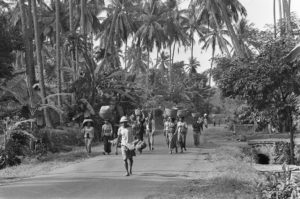
Young hippies were the typical tourists who came to Bali in the 70s.
This kind of tourist didn’t spend a lot of money, not really contributing to the island.
They didn’t stay in hotels, but with local families in traditional kampungs. They also didn’t eat in restaurants, preferring local food from small warungs.
The Indonesian government started a plan to develop Bali. They wanted to build thousands more hotel rooms, but the plan scared the Balinese people. The locals were afraid that the commercial development of tourism in Bali would ruin their culture.
Balinese culture was seen as a heritage that must be preserved, whereas after the arrival of tourists, Balinese culture turned into a “capital” that must be monetised.
The government created – cultural tourism. And luckily, the tourists loved it!
Visitors came to Bali not only for the beautiful beaches, but also for the mystical temples and other cultural sights.
1980s to 1990s: Negative Impact of Tourism

Cultural tourism in Bali attracted more tourists, which meant more money.
This money was used to take care of their temples, and helped to hold more ceremonies, for tourism’s sake. It wasn’t what the Balinese people wanted.
In the early 90s, they were upset as most of the income was being spent on tourism – even though there were other things to worry about, like healthcare and education.
There were big scandals happening throughout the history of tourism in Bali.
A temple by Sanur Beach needed to be demolished for the development of the Bali Beach Hotel. The temple lord held a mapinunas ritual to ask the Gods.
During the ritual, all the followers fell into a trance, and became unconscious. It is believed as the sign of God’s rage. But demolition still happened.
Another incident happened in 1999 when a beloved Balinese politician didn’t become elected president. Riots took over the streets in Bali, with fires set in order to protest the government. At the time the island wasn’t safe for tourists.
2000s: The Bomb that Shocked the World
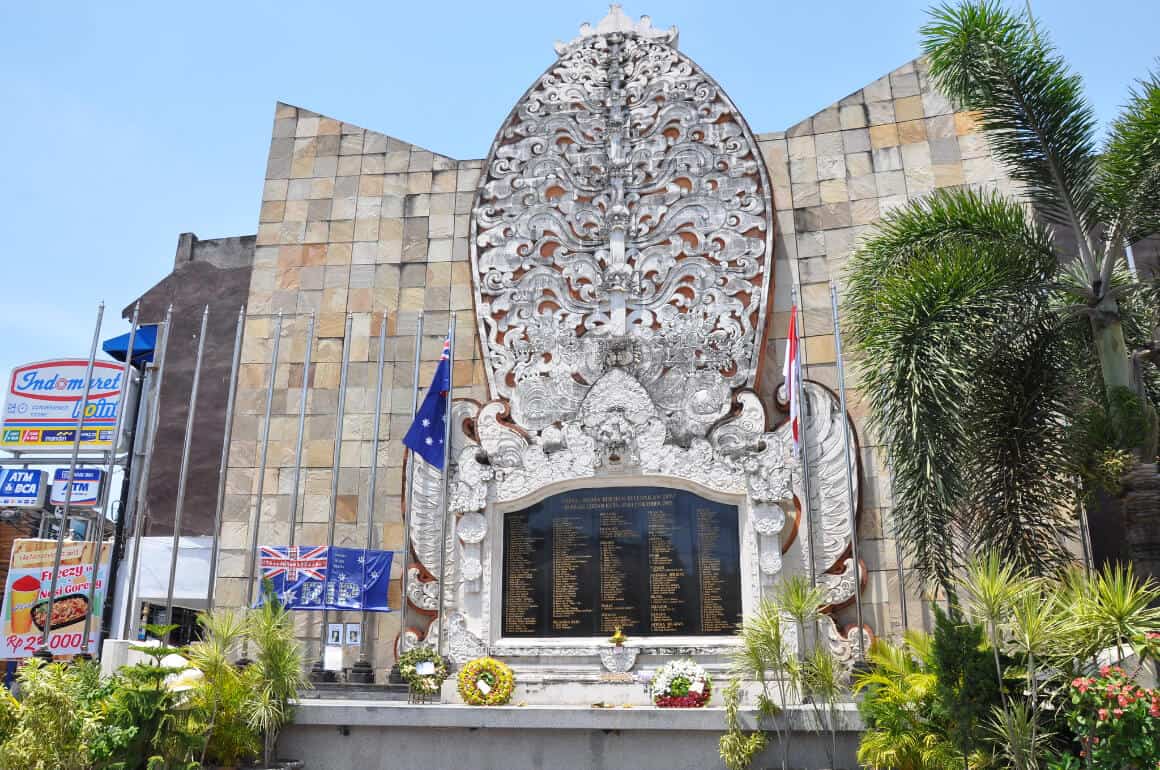
As Bali was recovering from the riots, a shocking bombing happened.
It was 2002, and the island was beginning to see an influx of tourists.
Devastatingly, 200 of them were killed tragically in a bomb attack in the tourist heart of Kuta.
Once again, the face of tourism in Bali was smudged. Bookings were canceled, hotels were forced to close, and many upcoming projects were abandoned.
In 2005, another bomb attack. This time, 2 suicide bombers killed 20 people.
2010s: Bali Tourism Recovers
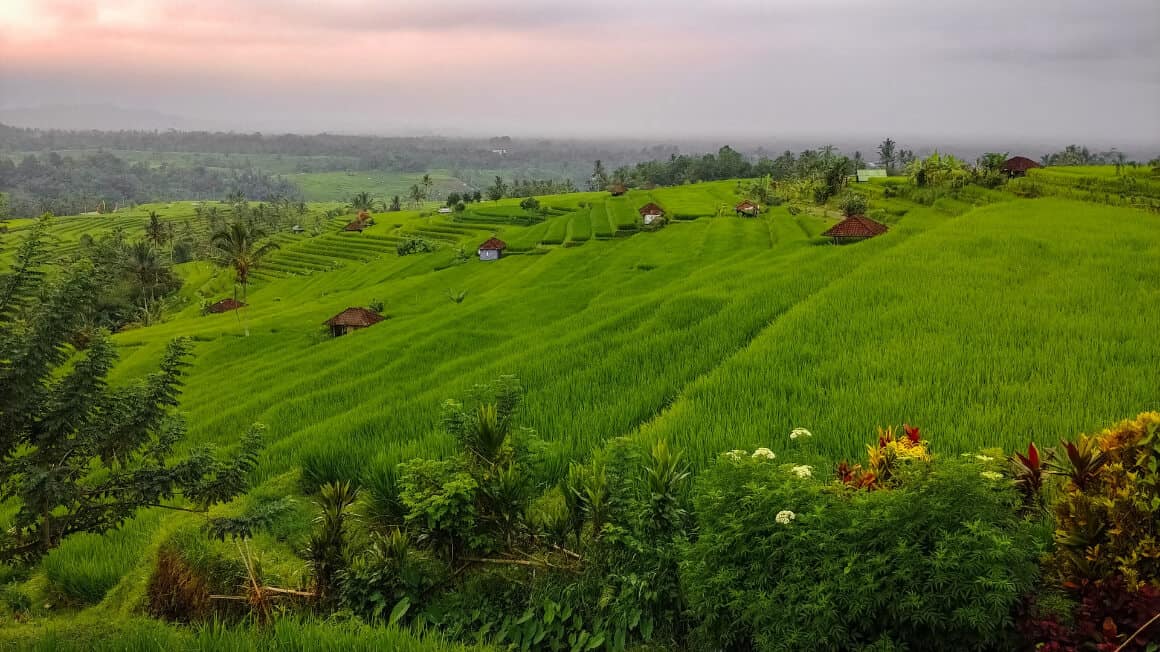
It took nearly a decade for Bali tourism to recover.
By 2011, many new hotels were established ready to accommodate the incoming visitors.
There was also a slight change in the types of accommodation available. Private villas, resorts and hostels stormed the island. Some were built by wealthy Indonesians, while others were owned by expatriates.
Taking over stunning rice fields, with beautiful views, the luxe places to stay had a severe impact. From water supplies to waste problems, the destruction of rice paddies affected the environment.
Sustainable tourism in Bali became a popular concept at this time.
2020: Covid Strikes, Tourism Collapses
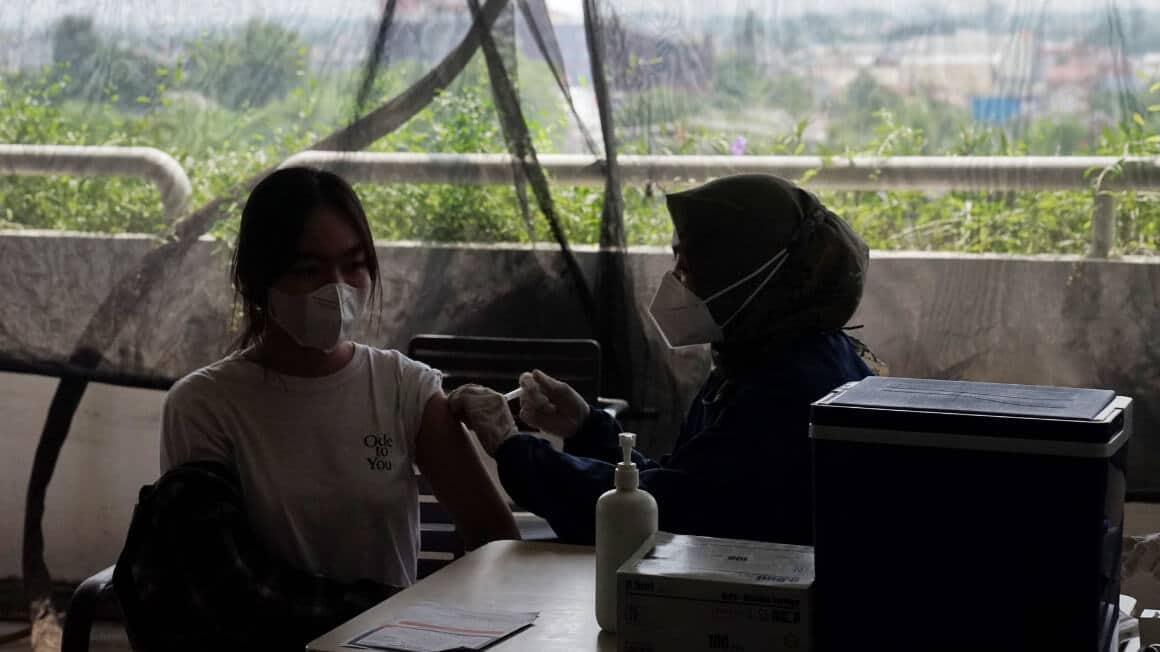
Bali tourism has grown for hundreds of years, and became the main source of income for the majority Balinese people. In 2020, 53% of the economy in Bali came from tourism.
When covid struck Indonesia at the beginning of the year, the economy in Bali was dragged down EXTREMELY.
Travel bans and activity restrictions applied not only to locals, but foreign tourists. The unemployment rate exploded from 39,288 in 2019, to 144,500 in 2020.
Through all the negatives, it gave Bali’s nature a much needed break.
2021: Tourism in Bali is Starting to Rise
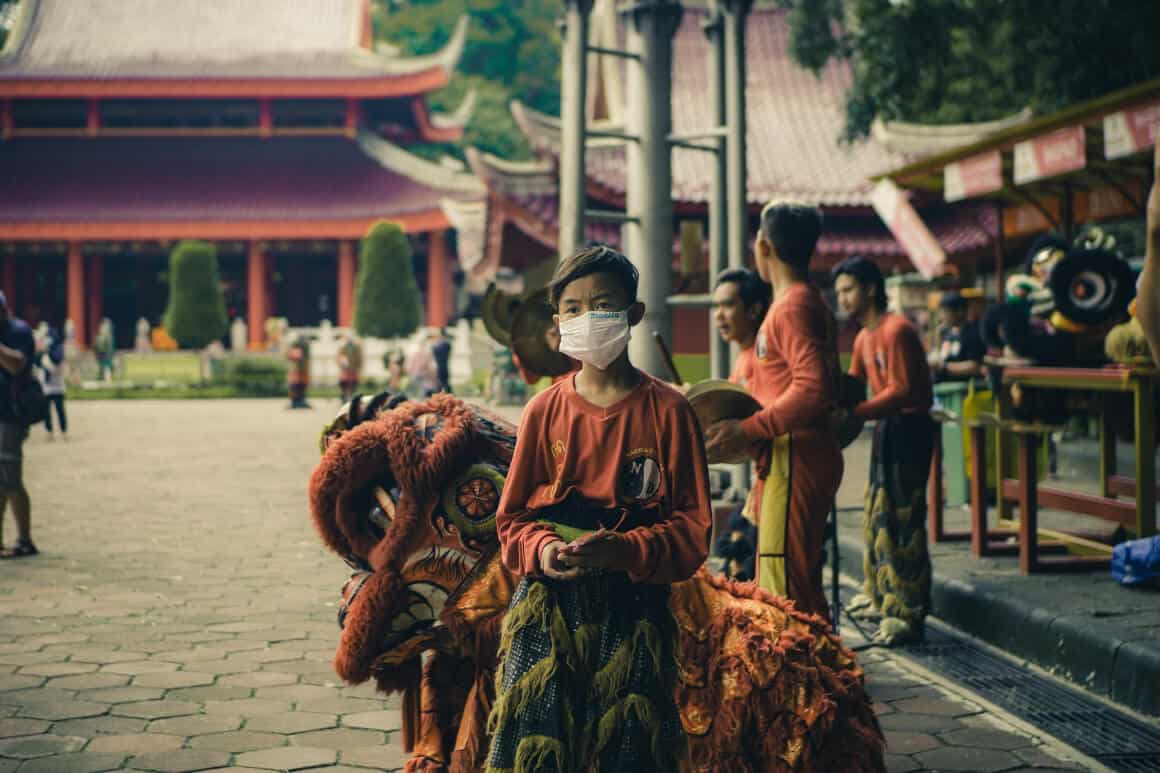
In the final months of 2021, tourism in Bali started to rise again, but only by domestic visitors.
The national Implementation of Restrictions on Community Activities or PPKM began to loosen up. Hotel rooms and flight ticket prices were very cheap.
There was even an island digital nomad trend of Work from Bali, in addition to Work from Home (WFH) and Work from Anywhere (WFA). The number of Indonesians migrating to Bali for long term stays also rose.
Foreign tourist visits were still minimal, even though Bali had started to open the gates.
Strict policies were said to be the cause of foreign tourists’ reluctance to go to Bali. The policies were related to visas, quarantines, flights, and insurance obligations.
2022 in progress: Welcome Back, Foreign Tourists!
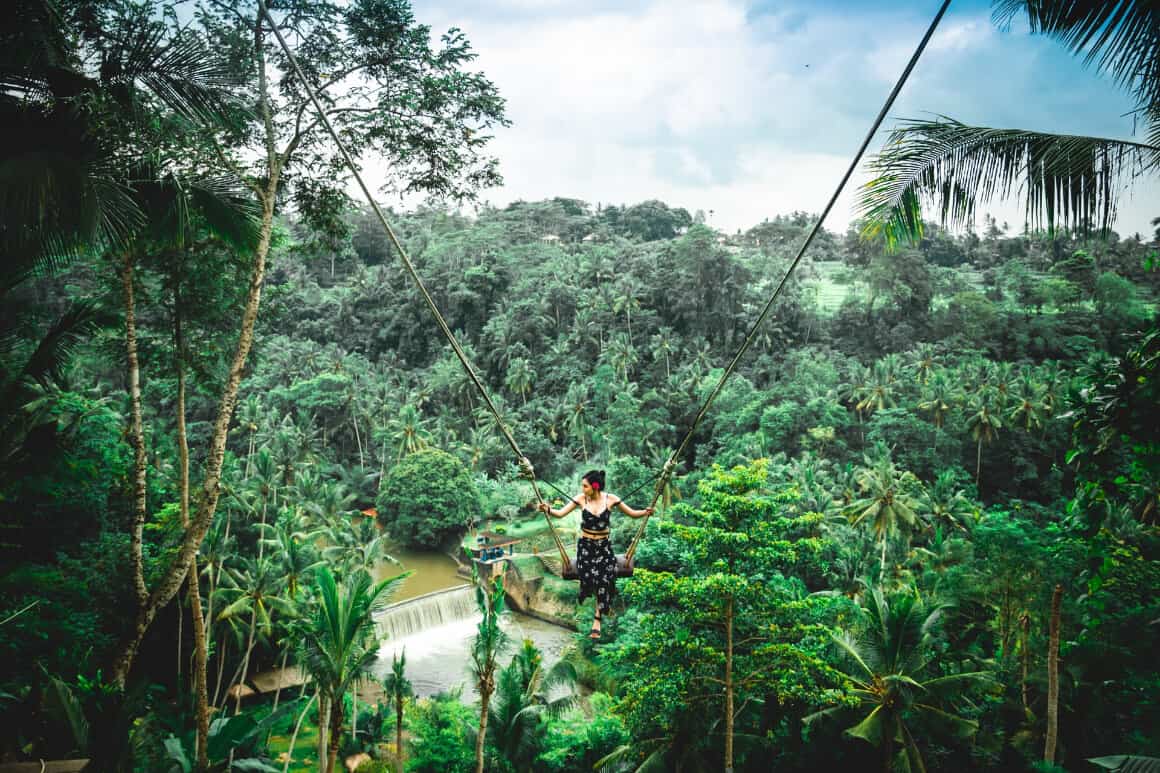
Quarantine exemption polices in April, and the return of Visa On Arrival (VOA) made tourism in Bali start to improve, with foreign tourists eager to get to the island.
Although numbers are still lower than before the pandemic, it is definitely better than 2021!
Now both local and international tourists are beginning to start back with the regular Bali activities and tours.
The recovery of tourism on the Island of the Gods isn’t estimated until 2024 – there is still hope.
How Tourism Changed Bali’s Landscape
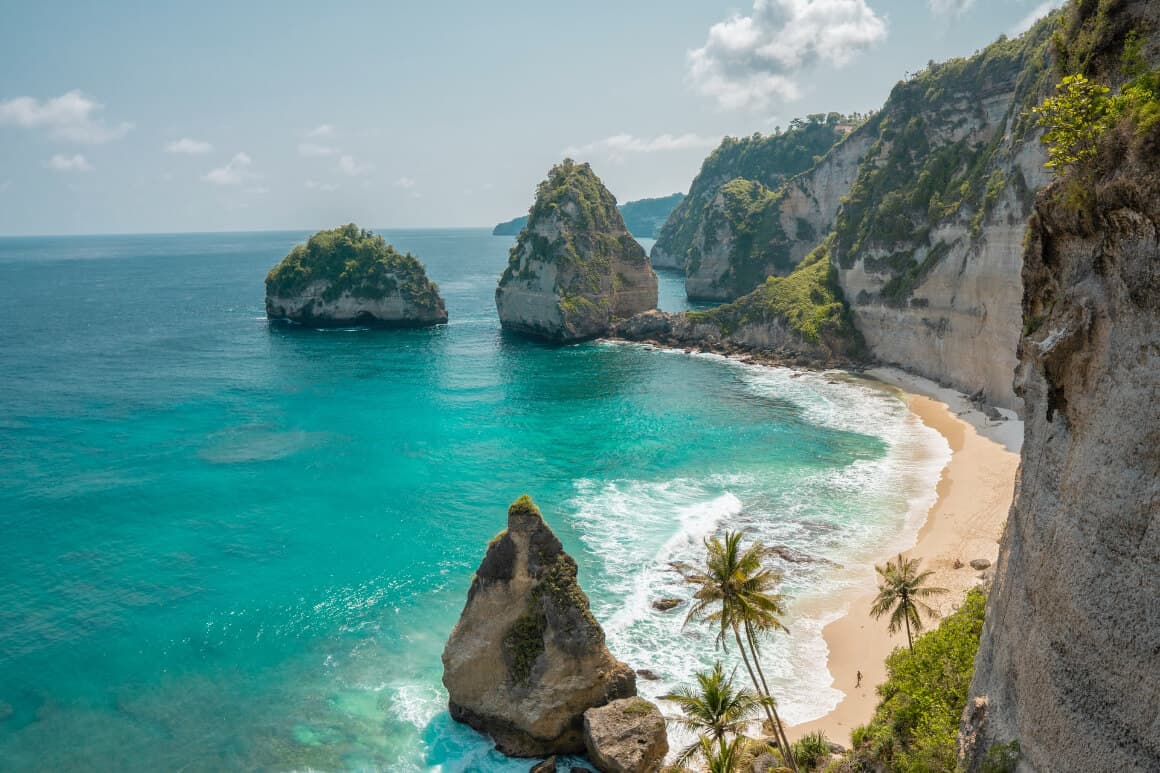
Tourism has been a huge part of the evolution of Balinese society for hundreds years. It has brought significant change, especially to the landscape.
The easiest example to see is the decrease of rice fields. They are now replaced by villas, resorts, cafes and restaurants.
It’s happening in almost all areas of Bali. The change encourages modernity and globalization on the island, but the question is ‘is it all worth it?’
For a long time, rice fields in Bali use the Subak system. A traditional irigation unit (that has been registered on UNESCO World Heritage List). But as the number of rice fields decrease, so does Subak.
The existence of Subak is very important for Balinese people. For centuries, Balinese farmers have had easy access to fresh water to irrigate their fields, as well as to drink. Now the privilege is disappearing.
In recent years, it has been reported that residents in the agrarian areas of Bali are having difficulty getting drinking water supplies, especially in the dry season.
Rivers in Bali are also experiencing drought in the recent decade. Even Bali’s largest fresh water source, Lake Buyan, has dropped by 3.5 meters!
The condition is alarming enough, that some experts call it a “water crisis.” So far, the effects of the decreasing supply have only been felt by the farmers close to tourist areas.
Farmers in more rural areas don’t really feel the changes.
Tourism in Bali also generates waste. It is the area with the most waste production in Indonesia.
Every day, waste generated in Bali reaches 4,281 tons, or 1.5 million tons every year.
The Bali government has began to introduce waste management systems, one of which is issuing a policy on plastic waste – you won’t be offered a plastic bag in stores anymore.
Sustainable tourism in Bali has been tested for decades. In early 1987, the Bali Sustainable Development Project was initiated. Till now, more tourist facilities have shown awareness of this type of tourism by providing and facilitating trips with zero-waste.
Bali Hotspots Through the Years
Bali was once a home for locals, now it’s a tourist haven.
The hotspots change from year to year. Once it was Kuta, then Seminyak, now Canggu.
Kuta
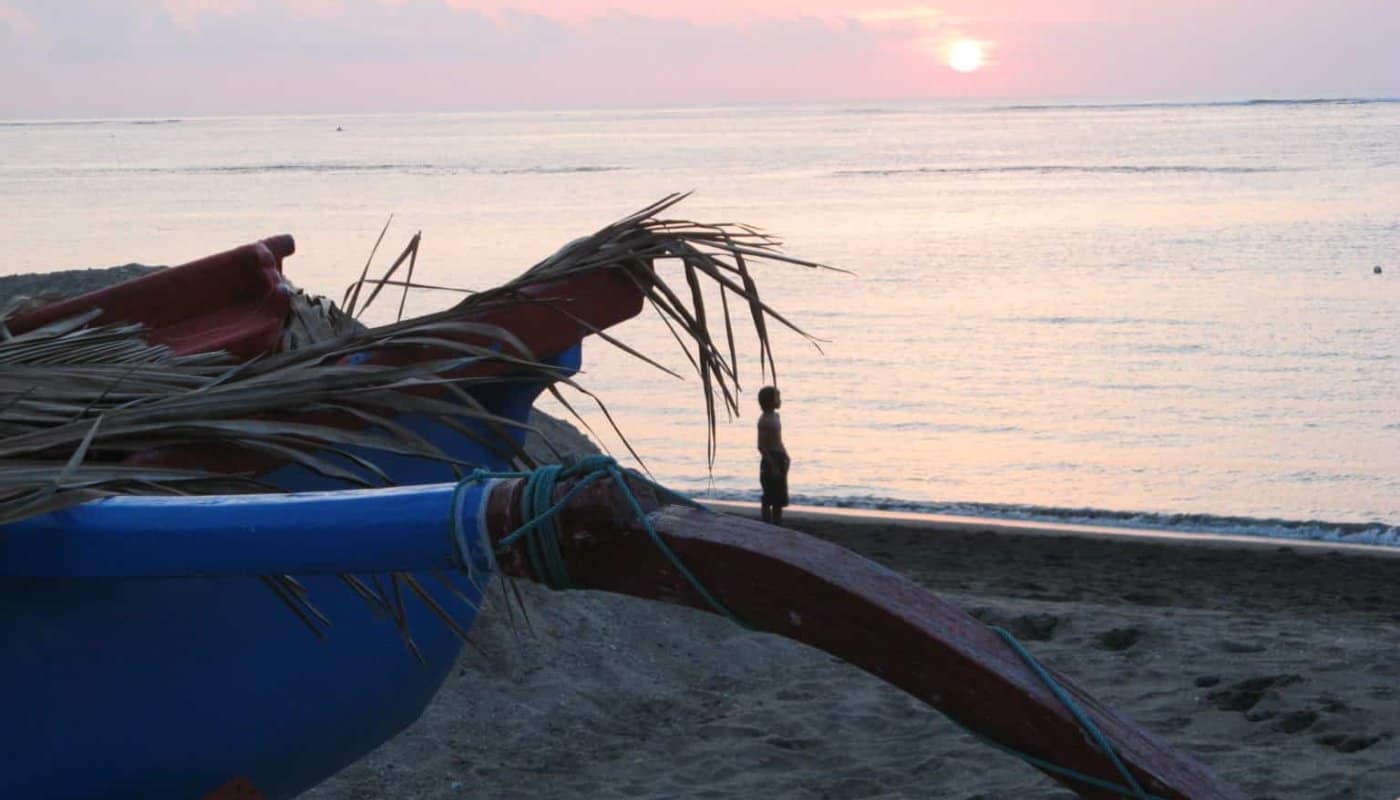
Kuta is famous for its sprawling beach, buzzing nightlife and varied shopping.
It isn’t the heart of tourism like it was back in the 90s, but visitors are still drawn in for sunset sips on the sand and impressive shopping in the vast shopping centres. Staying in Kuta is great for families and large groups.
Things to do in Kuta:
- Spend day at the beach
- Lunch in a traditional warung
- Enjoy bustling nightlife in bars and clubs
- Visit WaterBom Waterpark
- Try out water sports like parasailing and banana boat
- Enjoy a massage on the beach
- Hit your credit card with shopping at Beachwalk
- Wander local markets
Where to stay in Kuta:
Sitting across the road from Kuta Beach, Sheraton Bali is a central and chic resort. Surrounded by shops, restaurants, local markets and, of course, the beach, it is an ideal location!
Seminyak
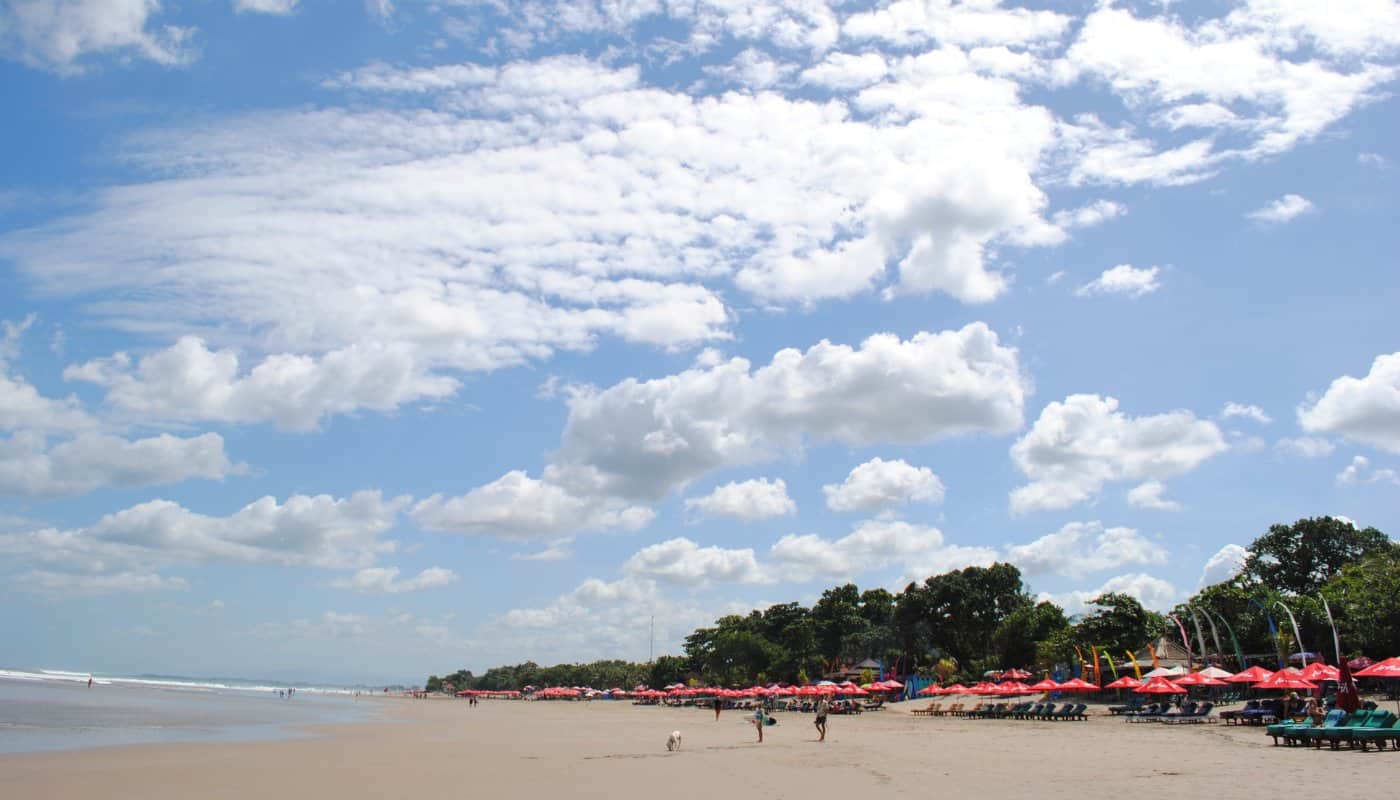
Seminyak is the epicentre of trendy beach clubs in Bali.
The long beach is wonderful to walk, sunbathe or just spend the day by the pool at the beach clubs.
Things to do in Seminyak:
- Relax, sunbathe and enjoy sunset at Seminyak Beach
- Luxuriate in beach clubs
- Learn how to surf
- Go for brunch
- Dine at the best restaurants in Seminyak
- Hit the best shopping spots in town
- Visit fine art galleries
Where to stay in Seminyak:
No kidding, this is one of the best hostels in Seminyak. The capsules are private and spacious for a super relaxing stay. You can enjoy time in the pool, and getting to know your neighbors.
Canggu
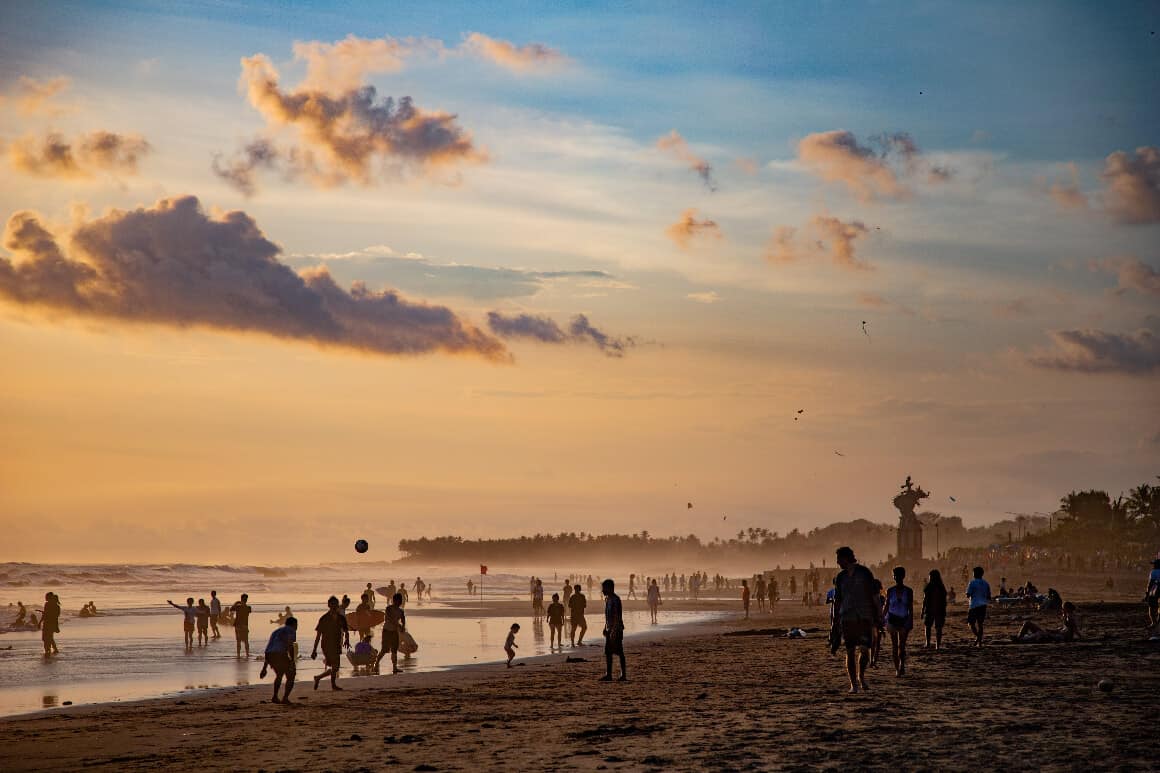
In the last 10 years, Canggu has started to gain popularity among surfers and millennial hipsters.
The area is well-known for surfing, partying and budget accommodation. It is a backpackers haven with a wide range of cafes and restaurants.
Things to do in Canggu:
- Relax at the beach or a pool bar
- Surfing!
- Join yoga lessons
- Eat at hipster cafes
- Dine at one of the best restaurants in Canggu
- Stay in a luxurious Canggu villa
Where to stay in Canggu:
Best Hostel in Canggu
Tribal Hostel
Away from the major Canggu bustle in scenic Pererenan, Tribal Hostel is a modern coworking hostel. The HUGE space has both dorms and private rooms, as well as an onsite cafe, swimming pool, pool table and bar. After a day of working on your laptop you can jump in the pool for sunset drinks.
Best Hotel in Canggu
Theanna Eco Villa and Spa
Theanna Eco Villa combines Balinese, Japanese and Scandinavian designs. Each of the villas are luxurious and well equipped while the sprawling shared spaces are ultra-chic and beautiful. It is a magnificent place to stay in Canggu.
Final Thoughts
The progression of Bali from an unexplored, tropical island to the sprawling, bustling tourist hotspot it is today, took hundreds of years.
Through colonisation, terrorist attacks, natural disasters and pandemics, tourism in Bali has taken a hit many times – and always bounces back.
Here is to the return of millions to the island, a thriving economy and many more people experiencing the magic of Bali.

